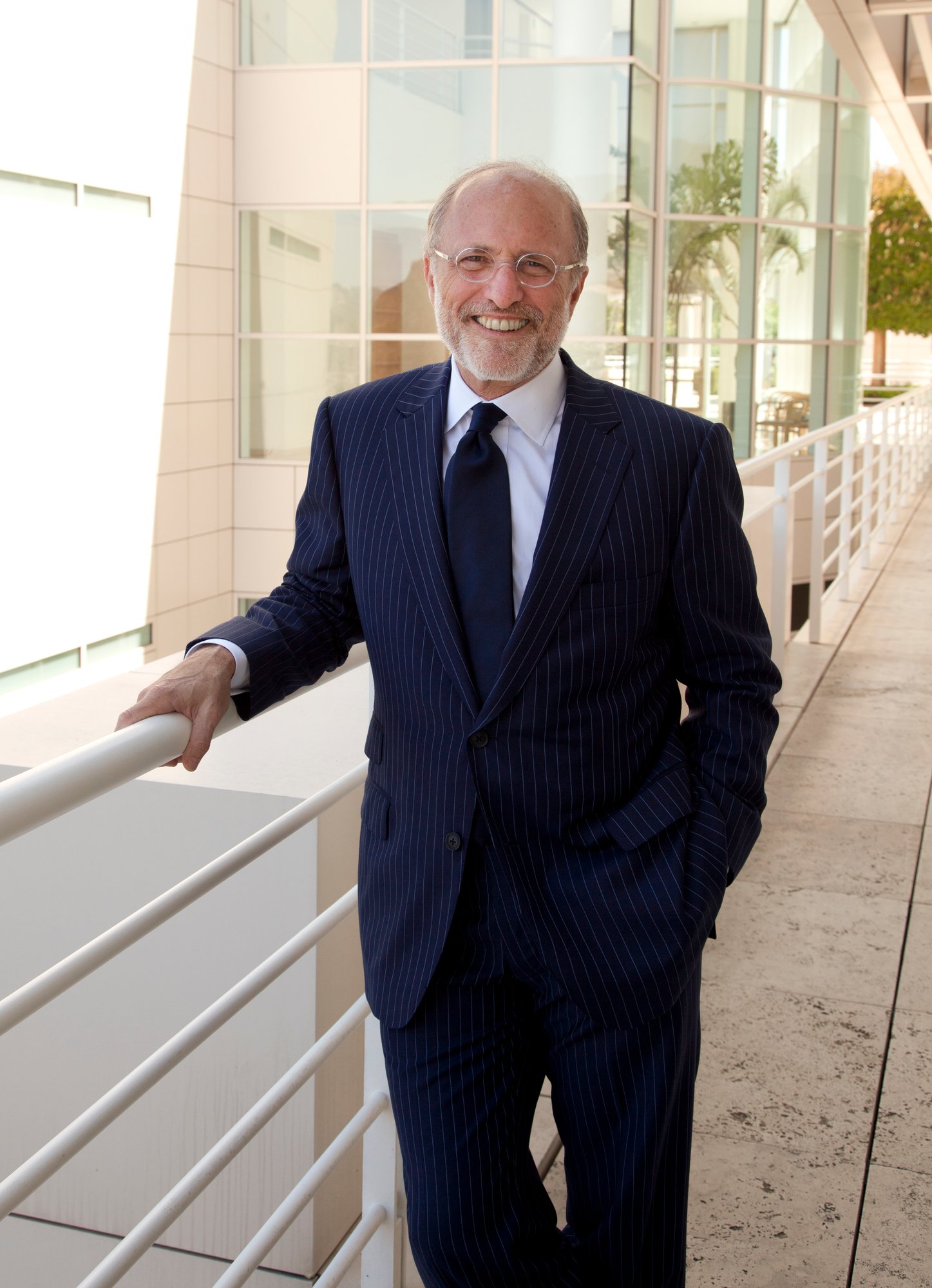
James Cuno, the president and chief executive of the J. Paul Getty Trust, will step down from his role at the helm of the world’s wealthiest art institution after more than a decade in charge.
“It has been my honor to serve this tremendous organization, and to play a small part in expanding its mission to broaden and deepen our understanding of the human experience through the visual arts,” Cuno said in a statement.
“It has been incredibly fulfilling to see the impact of our collective work in conservation, research, museum presentation, and philanthropy, and I am so grateful to the many dedicated staff and volunteers who make it all possible.”
Cuno said his age (he turned 70 this spring) and “the natural transition to a post-COVID world” informed his decision.
The organization’s board chairman, David Lee, said a special committee has been tasked with finding a successor. Cuno will remain in his position until a replacement is named.
School children enter the Getty Center in Los Angeles, California. Photo by David McNew/Getty Images.
A prolific academic with an impressive resume, Cuno came to the Getty Trust in 2011 after stints leading the Art Institute of Chicago (2004–11); the Courtauld Institute of Art, University of London (2003–04); the Harvard University Art Museums (1991–2003); the Hood Museum of Art, Dartmouth College (1989–91); and the Grunwald Center for the Graphic Arts, UCLA (1986-89).
In his current role, he oversees the Getty Trust administration as well as the Getty Museum, Conservation Institute, Research Institute, and Foundation—a slate of programs through which 1,400 people are employed.
In its press release, the Trust praised the growth of the Getty’s programs under Cuno’s leadership, citing the organization’s increased engagement with the Los Angeles region, including its spearheading the $37 million L.A. Arts Recovery Fund; the evolution of the Pacific Standard Time initiative that takes place across arts venues in the region (the third edition of the event is set for 2024); and the 2019 creation an African American Art History Initiative to document the contributions of African American artists.
“Jim brought great stability and energy to Getty, which has grown stronger through digitization and expanded engagement with both Los Angeles and the world,” Lee said in a statement, adding that the outgoing president “deeply understands the power of art to unify the world, to teach us about humanity, and to connect us through our common heritage.”
J. Paul Getty Trust President and CEO James Cuno and Ed Ruscha attend The J. Paul Getty Medal Dinner 2019 at The Getty Center on September 16, 2019 in Los Angeles, California. Photo: Stefanie Keenan/Getty Images for The J. Paul Getty Trust.
Yet the chief executive’s tenure isn’t without blemishes.
In July 2020, an open letter signed by 239 current Getty staff members and more than 220 former employees and visitors called out the institution for its internal history of racial bias and milquetoast response to the murder of George Floyd.
“Racism abounds,” the missive read, “from insensitive comments made by management and frequent microaggressions experienced by staff and visitors of color to collecting practices and exhibition programs that glorify the work of white heterosexual cisgender male artists to the exclusion of others.”
Cuno has also come under fire for his statements against repatriating ancient artifacts to their countries of origin, so long as the objects were removed in a fashion that was legal at the time.
“Cultural property should be recognized for what it is: the legacy of humankind and not of the modern nation-state, subject to the political agenda of its current ruling elite,” he wrote in 2014.